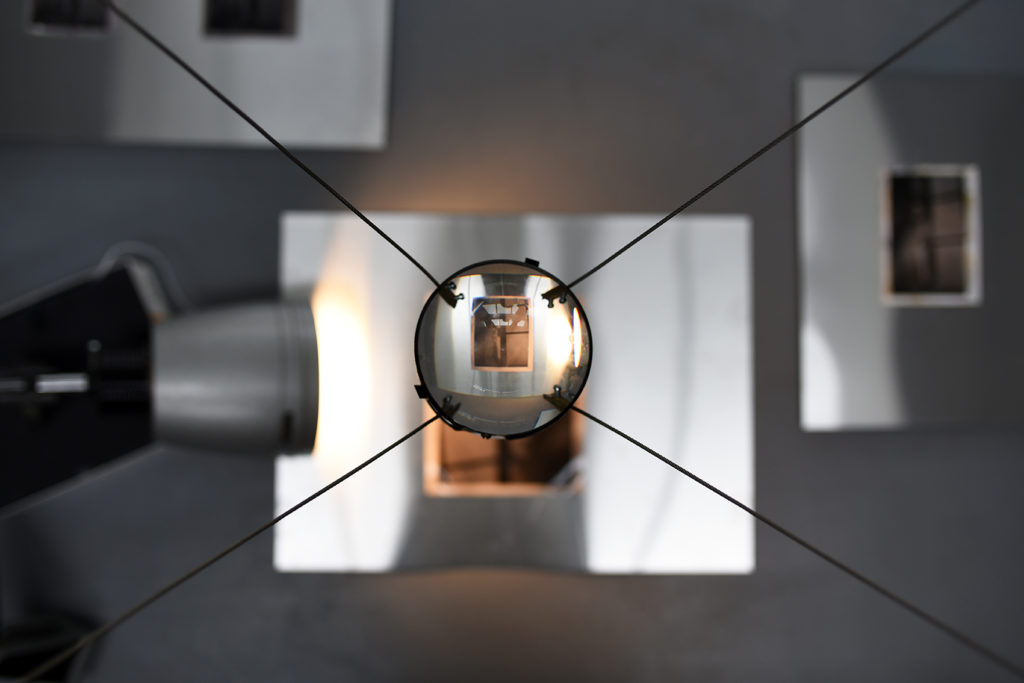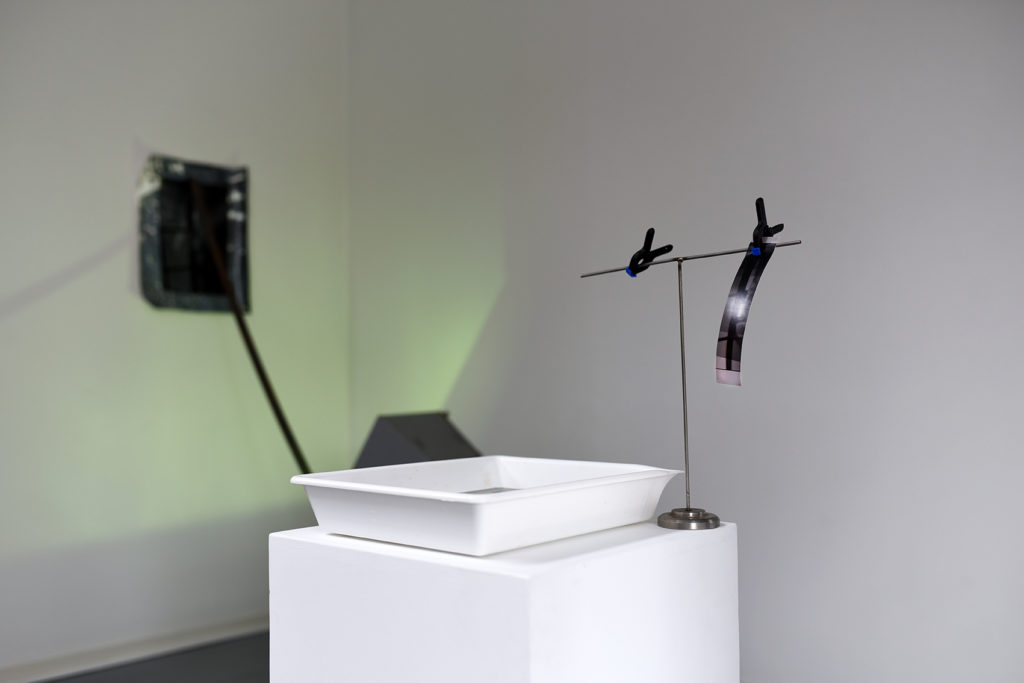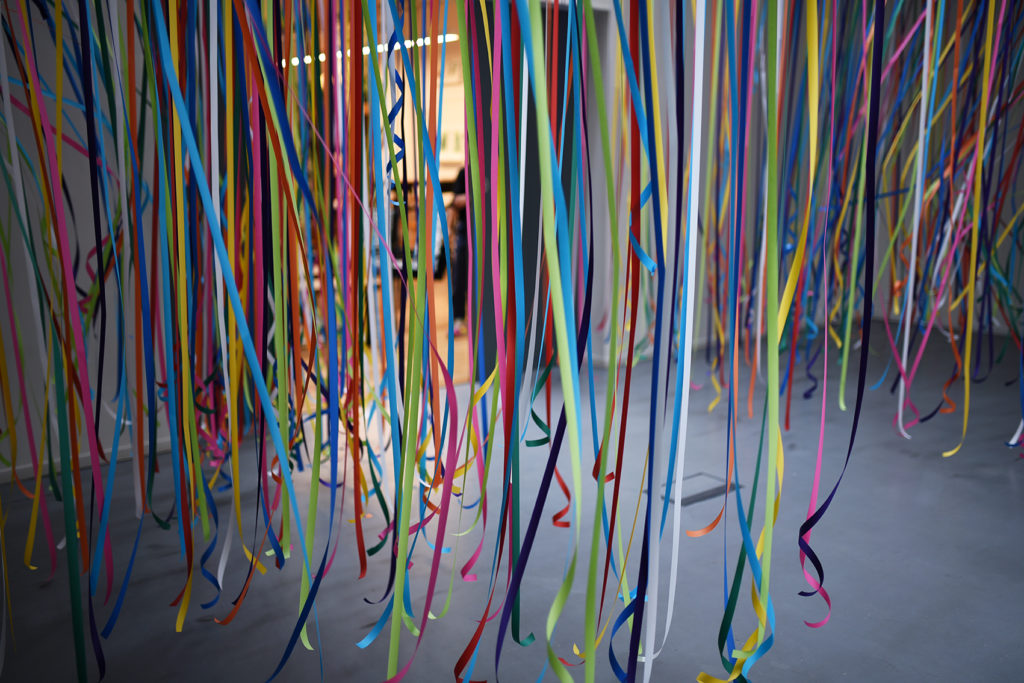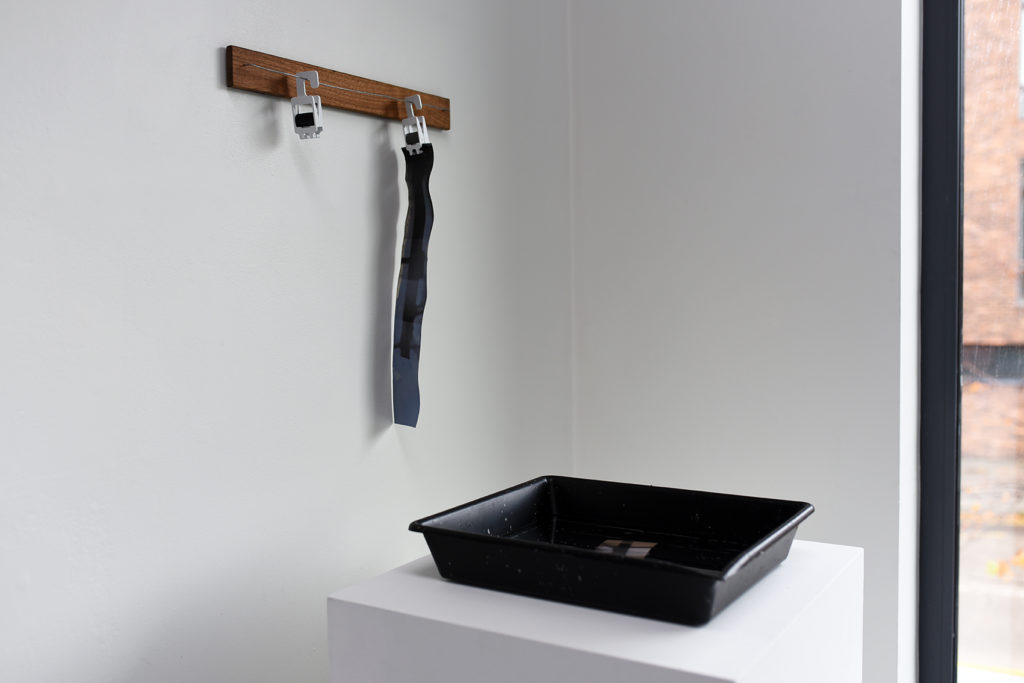This winter The Art House welcomes visitors to experience the unfolding of in.visible, an exciting new solo show by Huddersfield based artist Ryoko Akama. In this new body of work, the artist manipulates light and process as she pushes the boundaries of traditional analogue photography, performance and sculpture.
Following her time spent at TAH on residency this summer, Akama’s latest work responds to family history and examines the fluidity of her experience as an untold Zainichi (Korean immigrant in Japan). in.visible presents a new performing body of photographic work and sculpture which will change and develop over the show’s duration. The artist uses these experimental photographic methods to examine themes of loss, identity, injustice, contradiction, and pride, as well as investigating how her own personal cultural ‘root’ has shaped her as an artist.

Upon entering the gallery, visitors walk through an installation of Japanese Kami tape, influenced by the experiences of nearly 100,000 people who travelled from Japan to North Korea under the government’s repatriation scheme. With the promise of a better life, the repatriation ship sailed repeatedly over 30 years from December 1959. Set to move intermittently, the installation references the tape being thrown in celebration between travellers and those left behind, thus creating a connection that they would hold on to until the ship departed, without the knowledge that those boarded would not be able to return.
Akama is interested in deformalising the concept of an exhibition and reimagining the gallery as a performing darkroom – a space for analogue photographic processes to unfold as performance. During her residency at The Art House this summer, the artist researched traditional darkroom practices, and began exploring the space in-between success and failure.
As a durational performance throughout the exhibition, the artist will return to the space to produce new photographs, leaving them exposed to direct sunlight to evolve in colour and tonality. These spontaneous interventions focus on the artist repeatedly revisiting one image of her father in his final days – a reoccurring image seen projected in a sculptural work that visitors can peer inside, accompanied by an faint audio of him singing a
famous Korean song. By redefining the photograph as an un-fixed image with no end, Akama’s new works take the form with no end, Akama’s new works take the form of an unstable memory, remaining fluid.
Click the thumbnails below for full image






